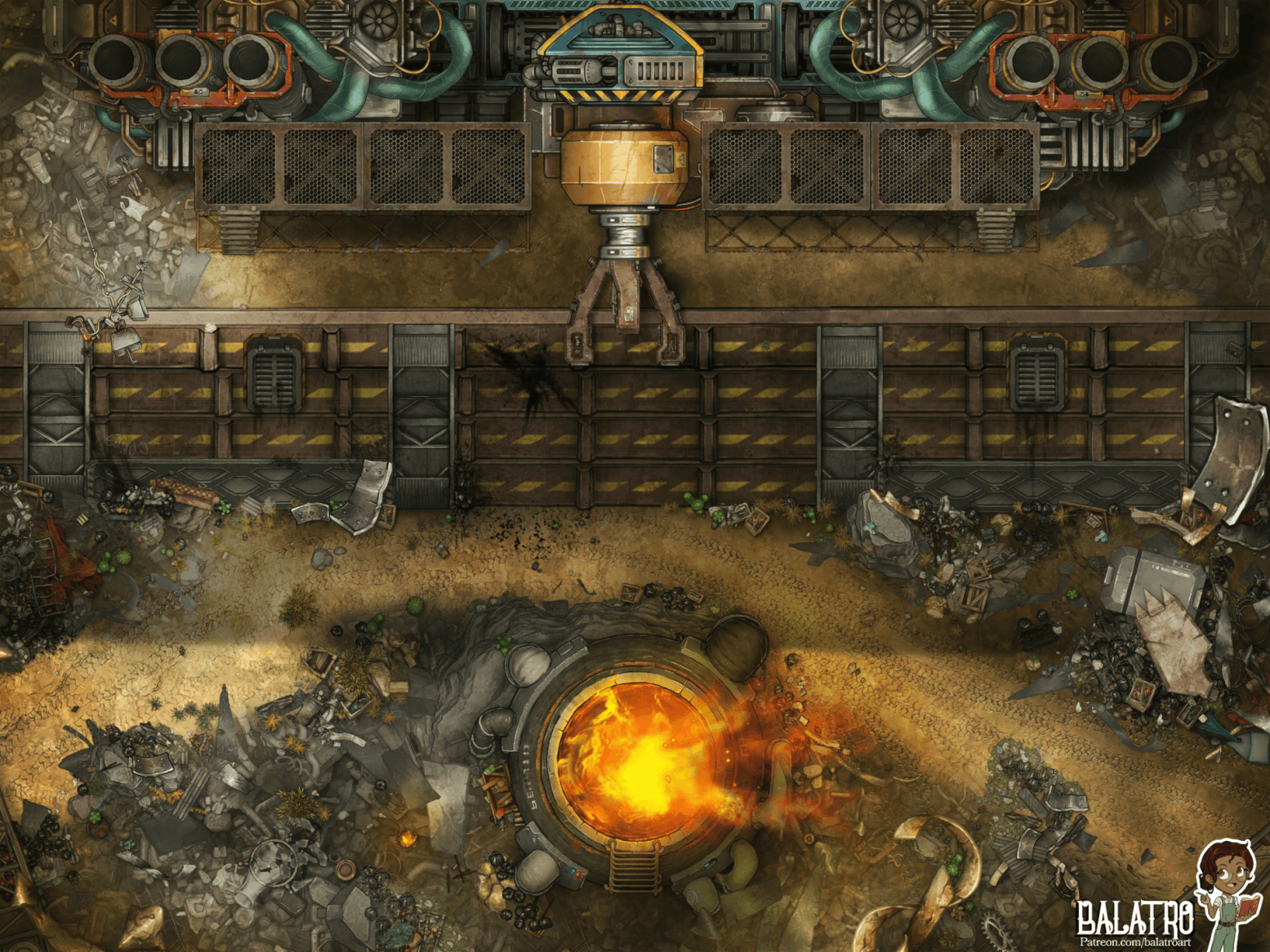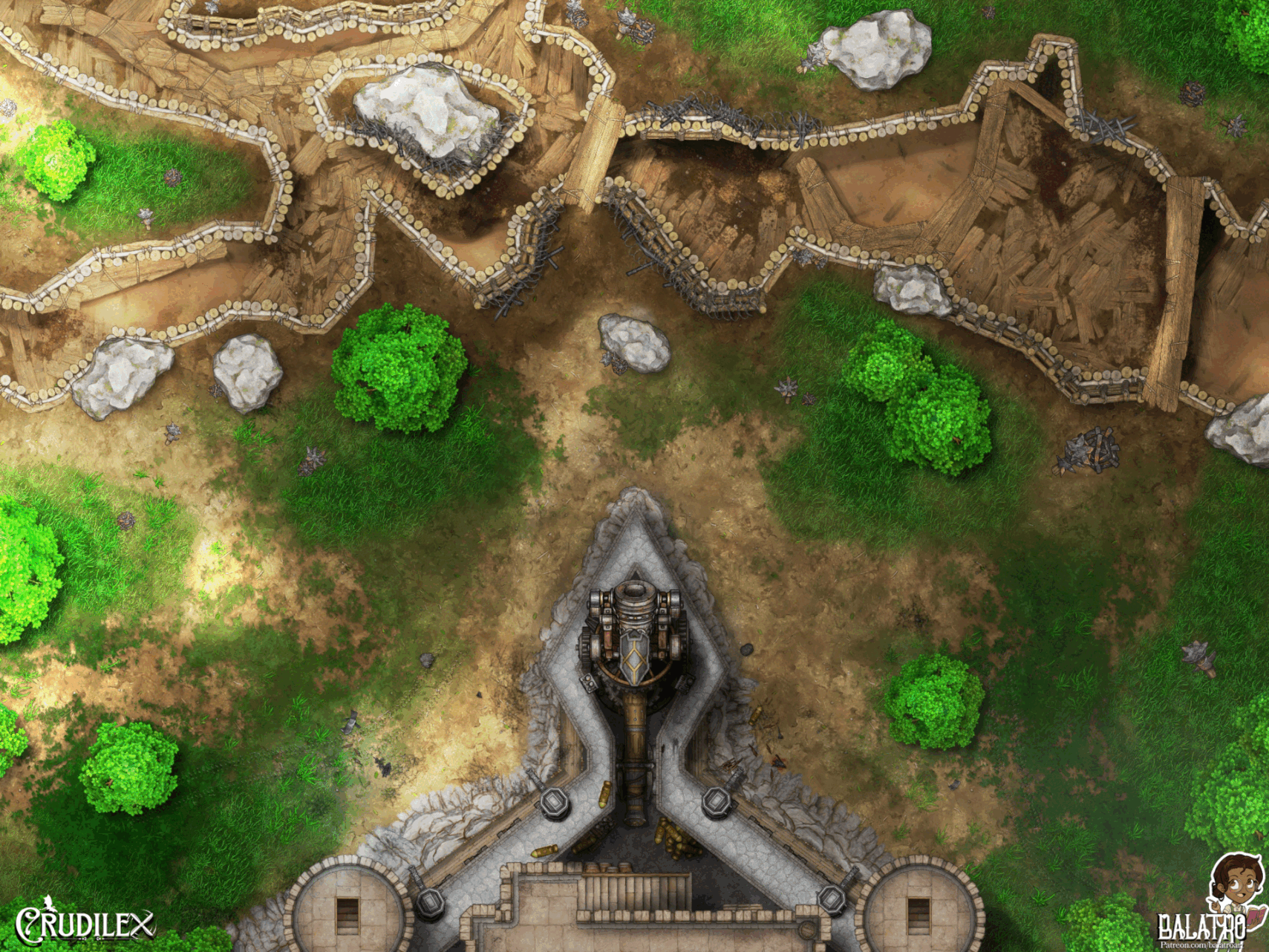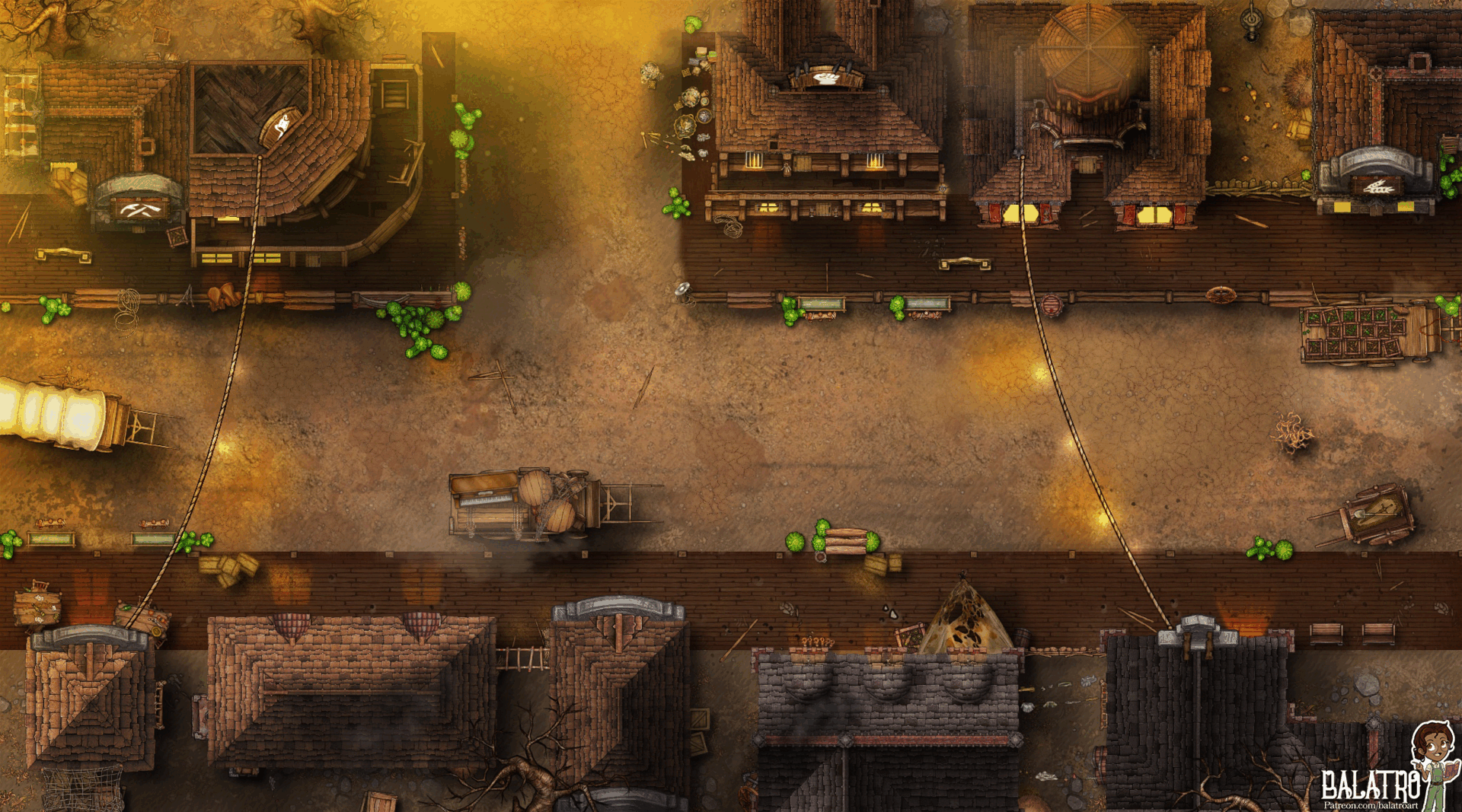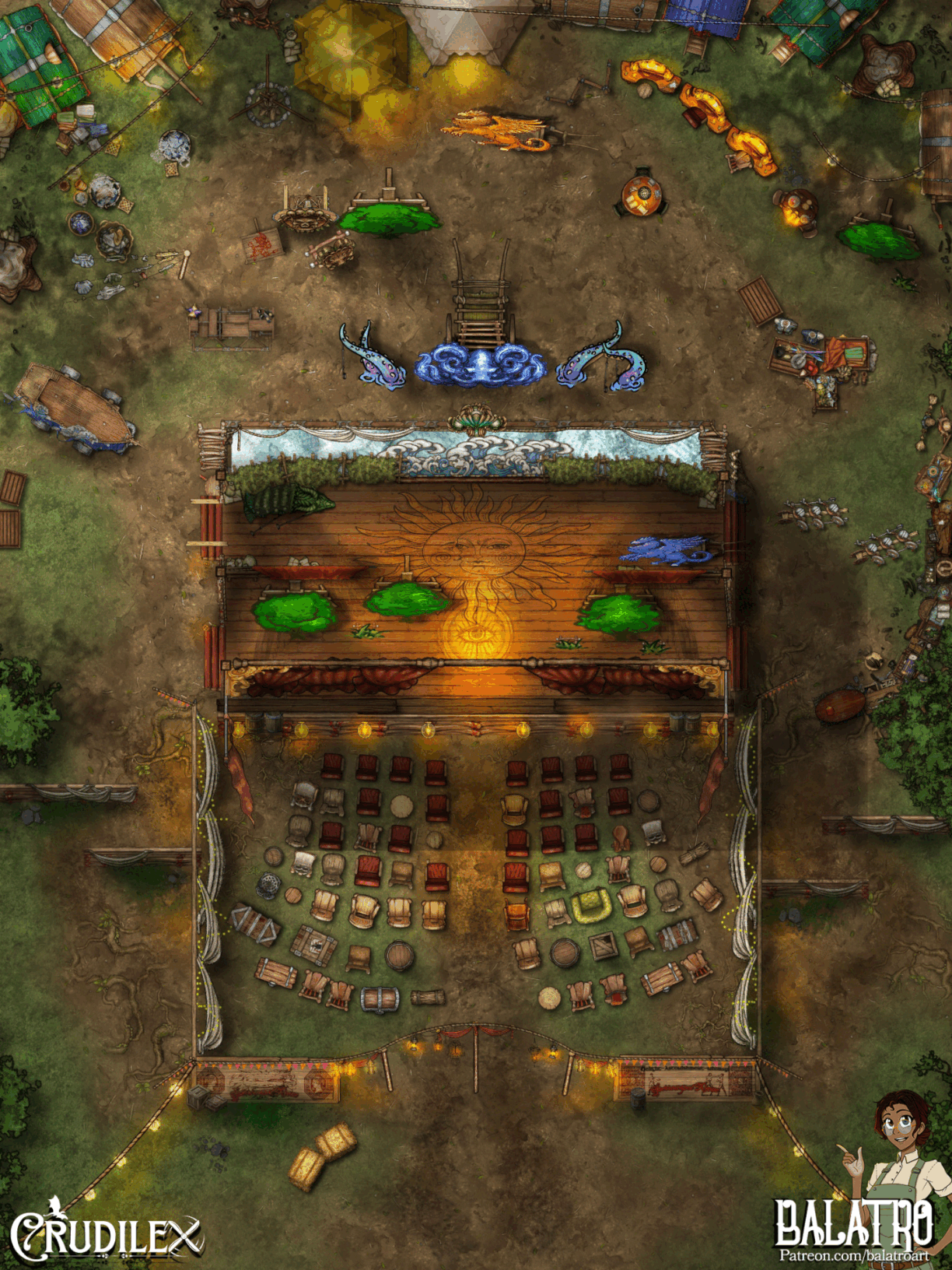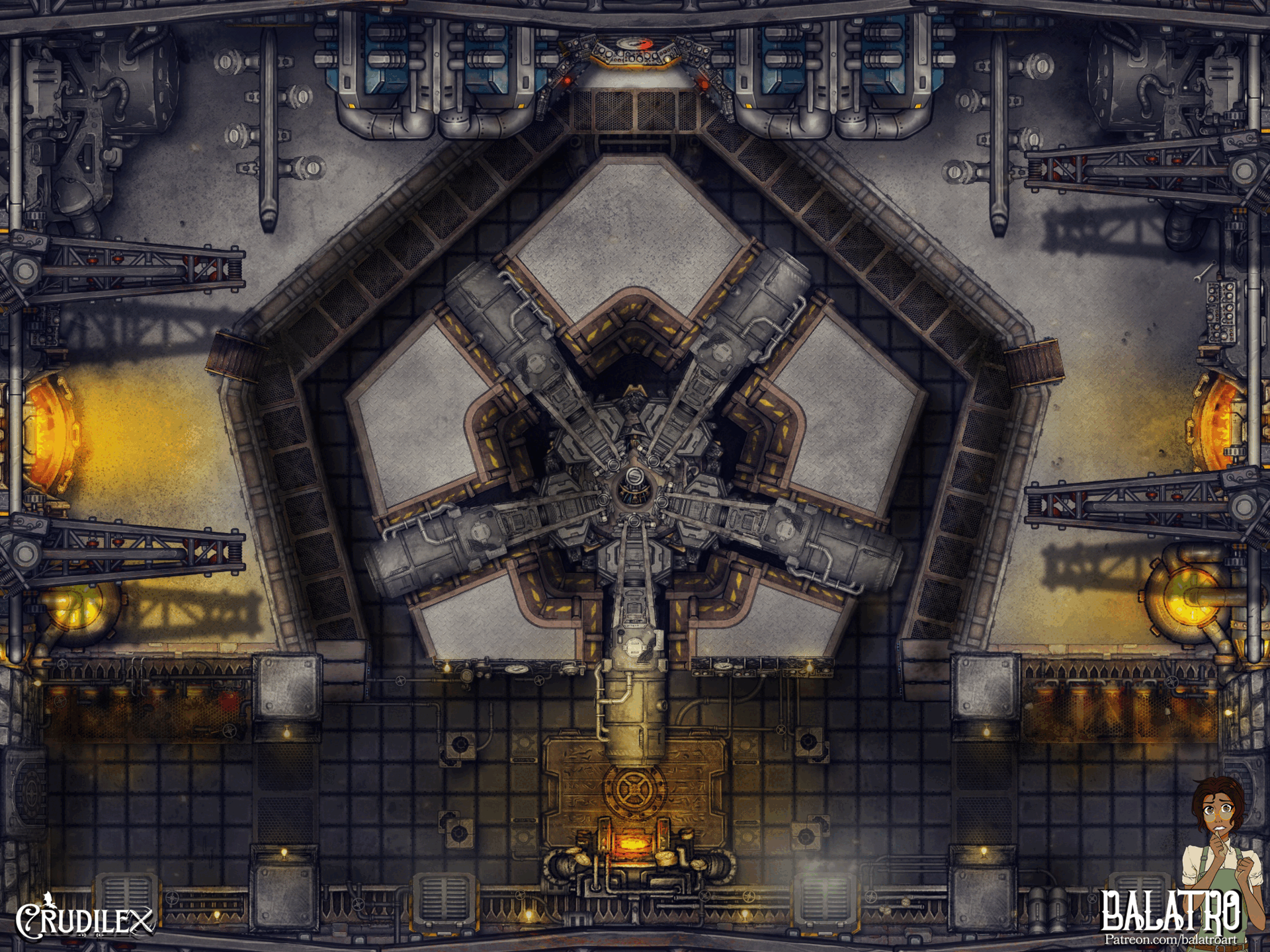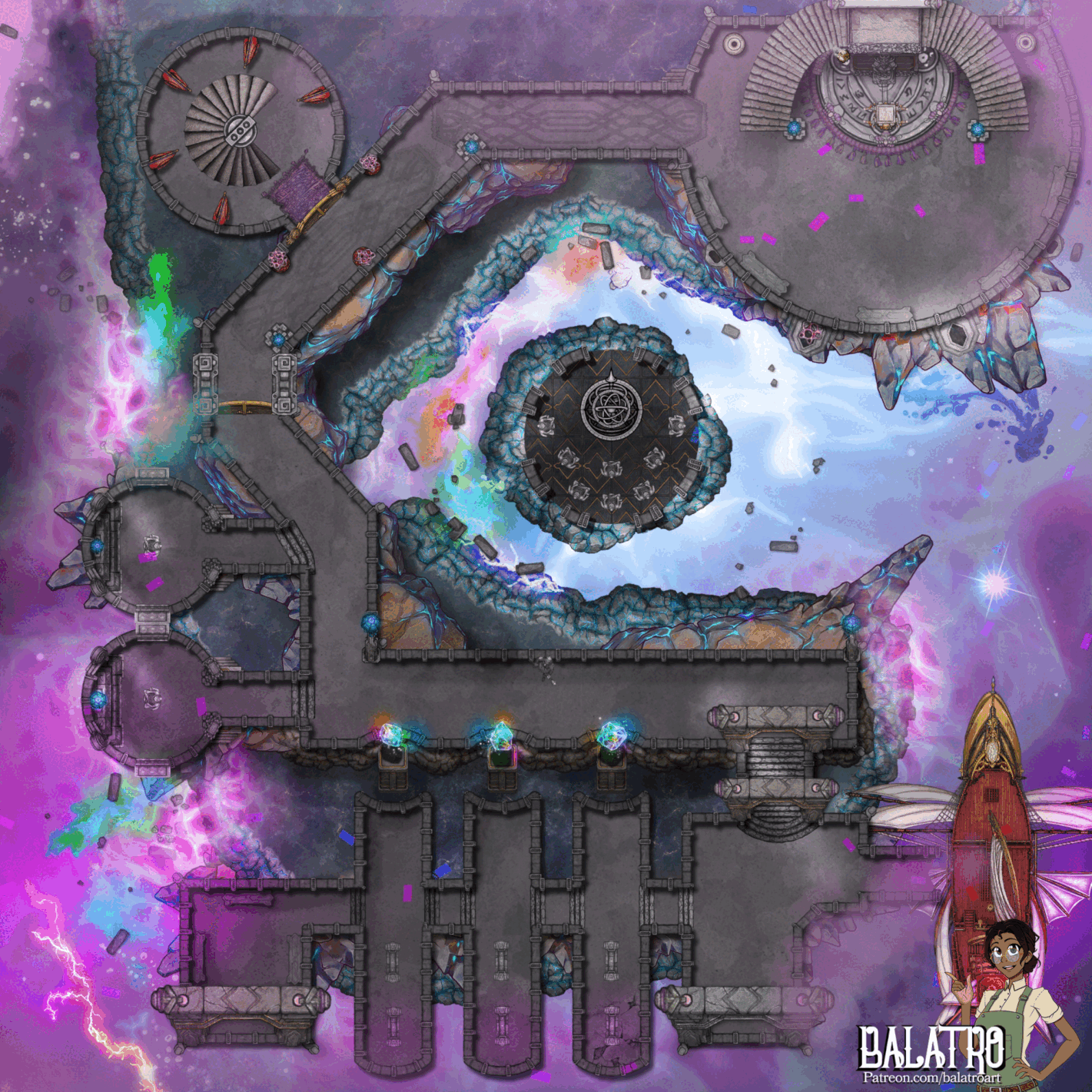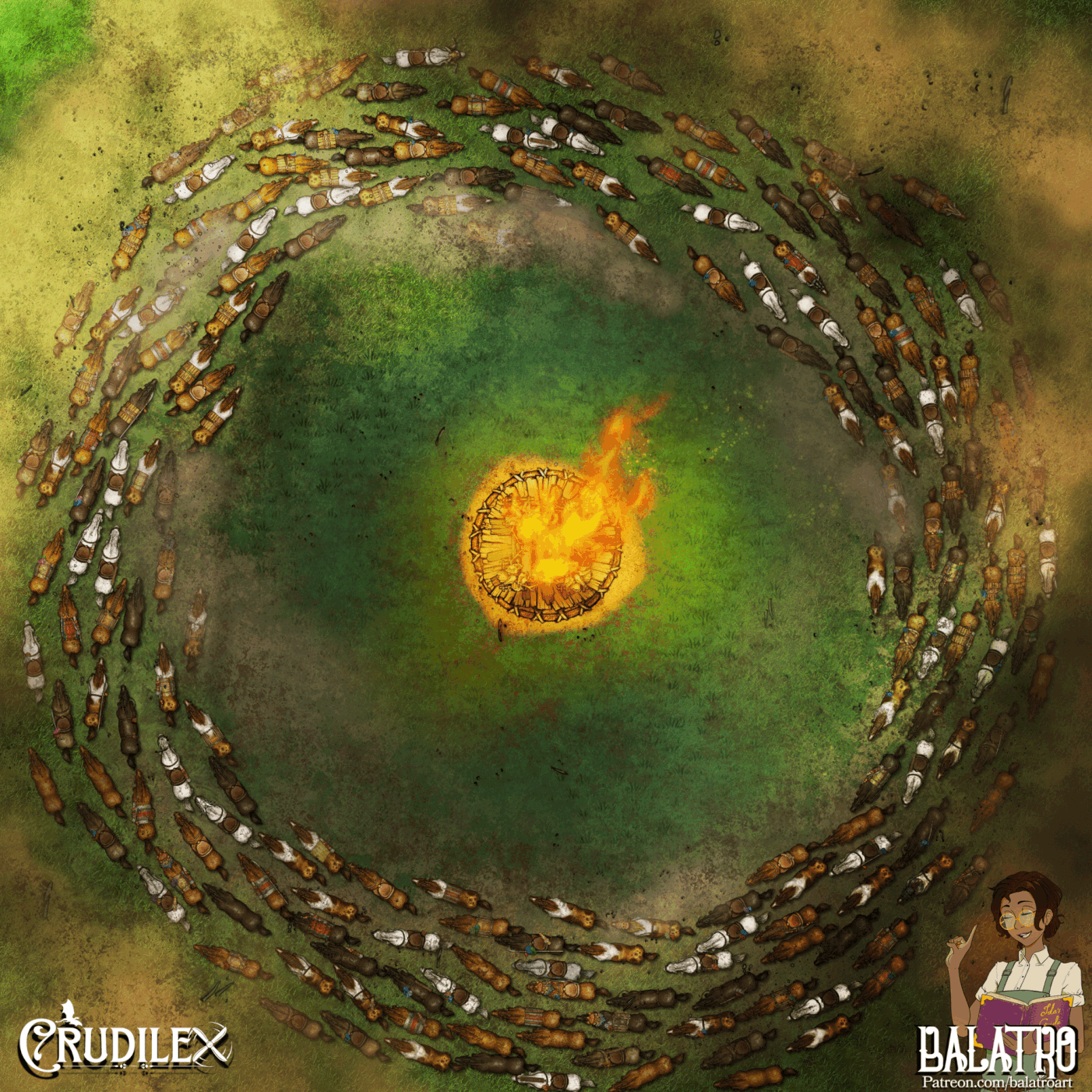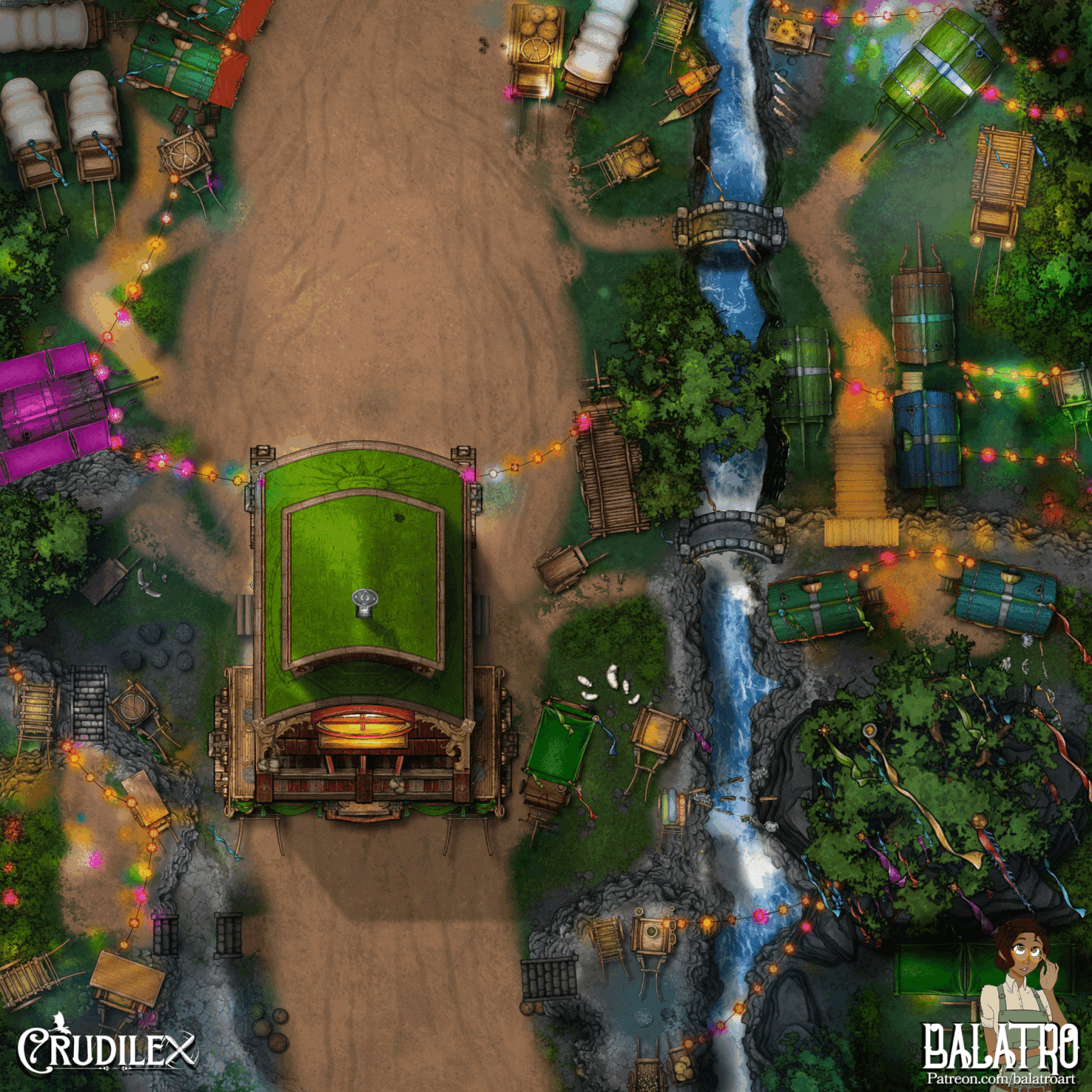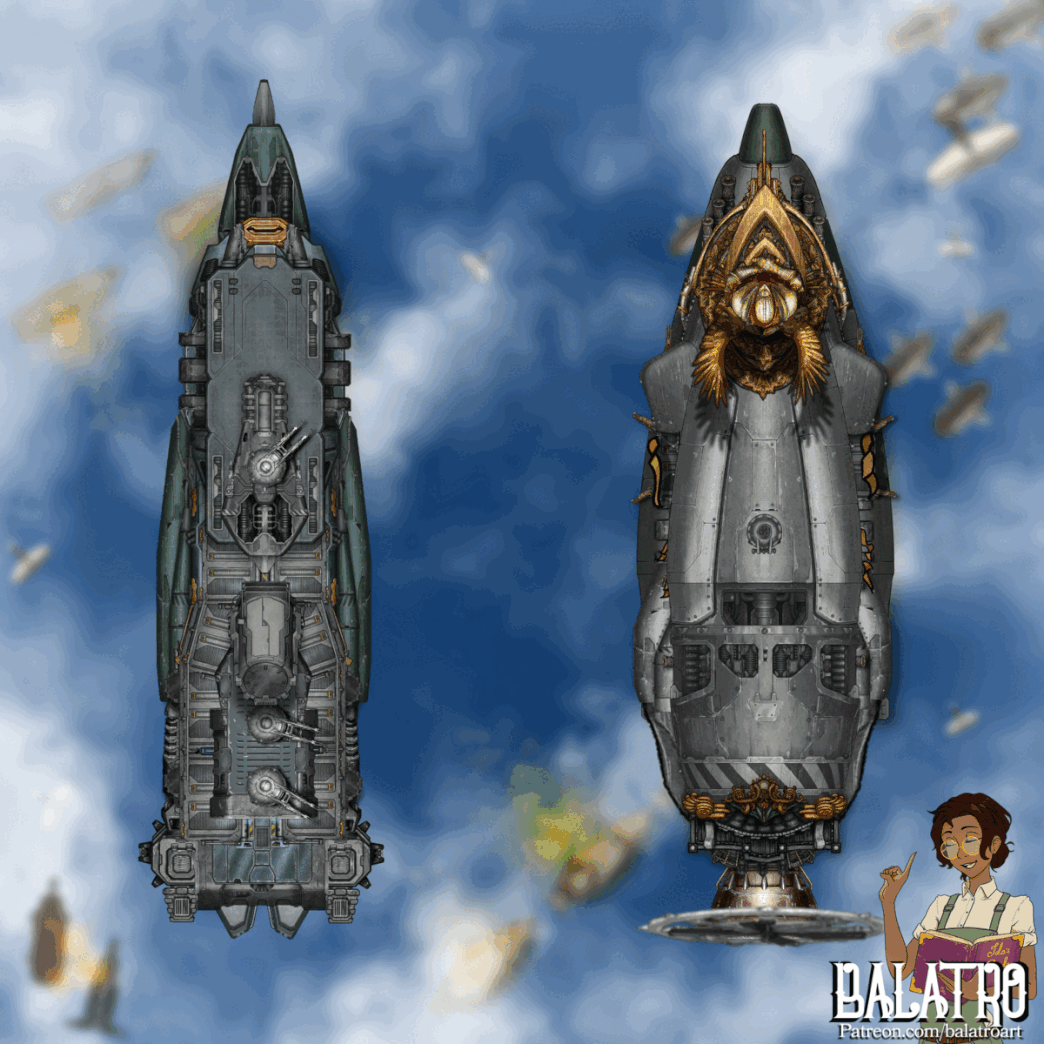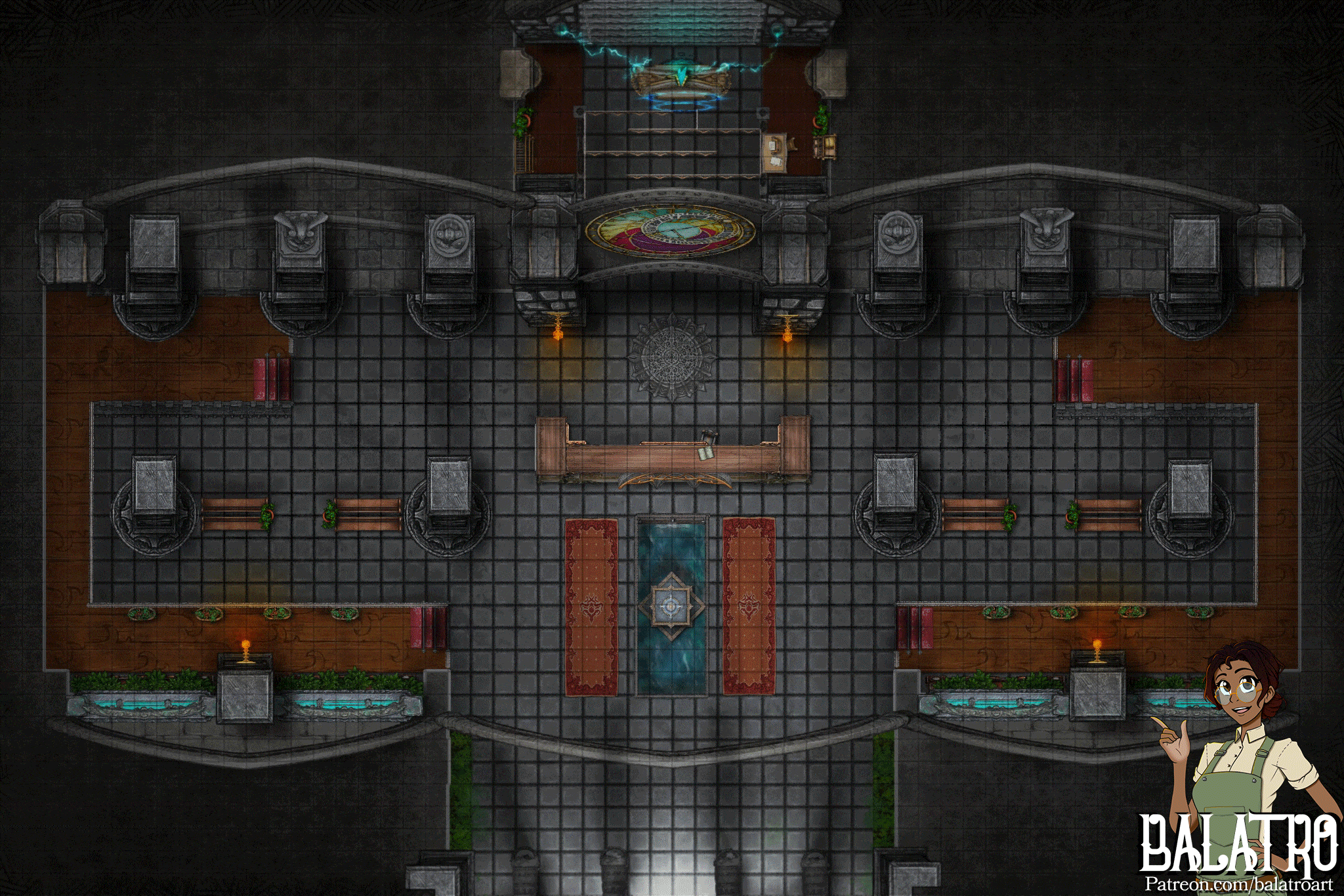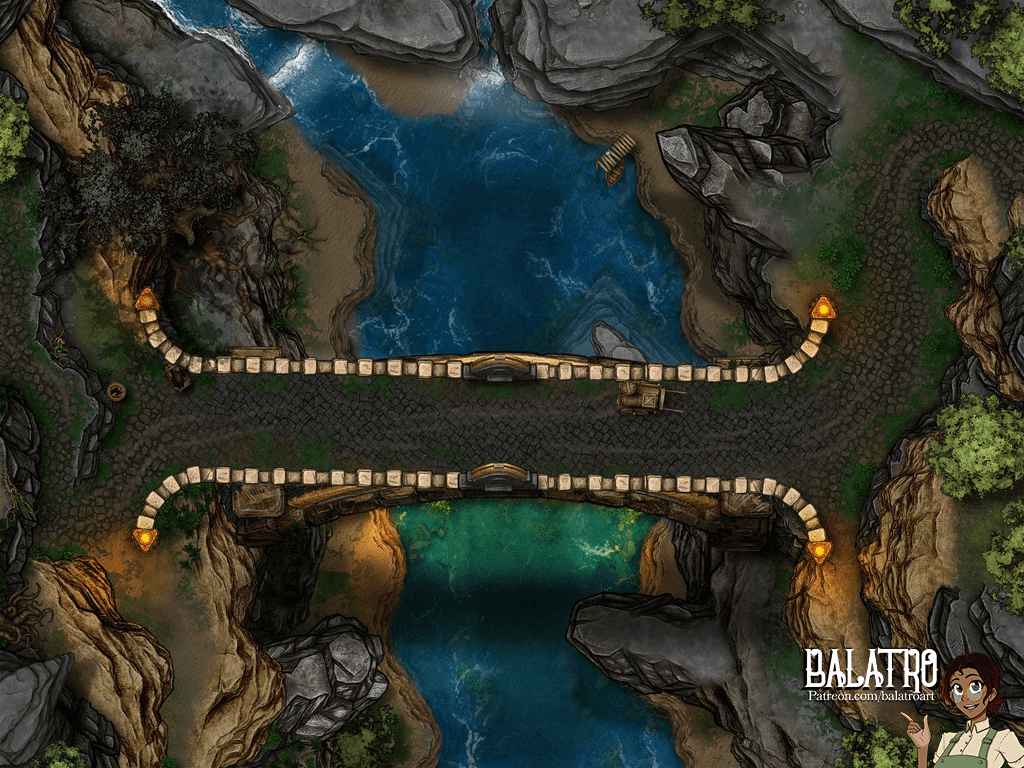
The unkowable empty
Plains of Avarice
The years leading up to the Day of Dawn were filled with war and turmoil, making it easy to overlook the changes happening all around. Yet one thing everyone noticed was the lowering tide and the loss of the great seas. Now, years later, the ocean is gone, leaving behind hundreds of miles of grassy rolling hills known as the Plains of Avarice. The great grass plains divide the world into nations, cutting them off like a windswept ocean of tall grass. The average folk fear wandering out into the grass be it superstition or the dangers that lurk hidden within. The only safe way is a path called the Old Road, which cuts through the valleys and is seldom disturbed by the twisted monsters of the fields. The Totemic people call these roads home, and many who travel between the four nations do so among their merchant caravans for protection.
Today the grasslands is plagued by the warped nightmare creatures known as Iv Warped, Twisted magical mutants that have been driven to monstrosity by their unquenchable lust for magic. Transformed by the call of this alien landscape, Black metal spheres that countless risk their lives to hunt: the Siren's Song that promises a source to tap of endless magical essence, which draws those brave or foolish enough to leave the road to scour the fields seeking power; called The Fragments of IV.
Battlemaps set in this location
Fadma's End
The Great Fadma is a world-spanning race from one end of the Plains of Avarice to the other, and as its name implies, Fadma’s End is the final checkpoint. This giant tree, growing along the coast of the Plains of Avarice, became the sacred final stop of the Great Fadma, with the sea being seen as the end of the world to the Totemic people. Today, they have learned the world is larger than they previously expected, but the name remains.
Though the Great Fadma now crosses the true length of the world, Fadma's End serves as a graveyard for lost Totemic caravans, with a hill of cairns and flags to remember their honored dead. Twice a year, caravan families gather to witness the racers pass their checkpoints and to celebrate, wed, and honor the dead at every major stop of the race—and none are more popular a stop than Fadma’s End.
Notilark
The Notilark is a massive bio-machine just slightly rising above the surface of a fissure in the ground. It is a purple and black structure, like the shell of a hermit crab, and contains within twisting, spiraling walkways, at the heart of which is a distorted, black hole-like portal—a mysterious spherical doorway to the desolate moon of Crudilex, Noctra.
The alien devices contained inside are said to have traveled to the Sunless Sea from a far-off future of the world of Crudilex, and the creature who commanded the Notilark was tasked with the quest of inventing immortality so that it might reach that same future. A task ultimately failed, leaving this mysterious megastructure abandoned underground.
Mox
Mox is a small minotaur village on a hill south of Saradross that serves as a repair waystation for independent automata crews and an overnight rest stop before venturing into the plains. It’s quiet and mostly forgettable—if not for the mystery below. Under [it] is a dungeon shaped from bedrock, filled with ancient statues representing non-human figures from before Crudilex’s recorded history. Guarded by an ancient Eidolon, a towering statue-like construct tasked with protecting the history and keeping away would-be grave robbers and adventurers.
Deep at the base of this dungeon is a pit dropping down into the Sunless Sea, where the temple extends into the darkness. Yet further below is an ancient and still-empowered Riftgate, a portal between realms. Once used to bring life from other worlds into Crudilex, now it leeches strange creatures from beyond reality into this one. These monsters, known as the Ichor of Iv, take no shape and are made up of undulating black ooze, transforming everything they touch into more of the same.
Felstead Airfield
Named for the legendary airship pirate Archer Felstead in honor of his role in the beginning of the republic’s creation and the end of the royalists. Felstead Airfield is an important active military outpost in the war with Dawnfire and Palaveir but also operates as a testing ground for new and unconventional airships and sky travel. Any manner of skybound vessels are tried and tested here, pushed to their limits and studied scientifically, generally this knowledge is applied to the war effort but it also serves the growing industry in crudilex of colonizing the world’s skies.
The recent discovery of the Manderwind, a air Lay Line air current of the Auran essence has revolutionized air travel and lead to the discovery of a whole new world biome above, creatures, plants, even land masses that exist up in the clouds and have gone untouched and unexplored for centuries are just being witnessed for the first time through the efforts of Aeronaughts working out of the Felstead Airfield, many would say what a shame it is that such an exploratory effort is mainly being performed as part of a larger war, there are just as many happy the skies are being explored at all.
Federalist Republic Of Palaveir
Formed in the wake of the Colloran Civil War twenty years ago, the Federalist Republic of Palaveir is a militarized state actively colonizing the Plains of Avarice. It has established a key trade route between Hark and Dawnfire and is focused on eliminating lingering Unit remnants and Royalist resistance. The Republic is widely known for its disciplined, heavily armed military—boasting a prominent Infinity Chapter, unique Gunboat Automata (walking tanks), and a branch of soldiers clad in ancient, retrofitted powered armor known as Hellcage.
Today, the Republic is locked in a stalemated war with the nation of Dawnfire. What began as border skirmishes has escalated into full-scale conflict following the mysterious disappearance of a Dawnfire princess and the retaliatory assassination of a Palaveirian admiral.
This ongoing conflict has come to define Palaveir's brief history, pushing the republic ever deeper into the warlike path from which it was born, and further entrenching its increasingly militarized culture.
Strunveld
A small, quaint town of tall brick buildings, twisting gardens, and ivy-covered walls, Strunveld is famous for its chocolate makers and candy shops. It is a relic of a simpler time in the Plains of Avarice, before the grasslands were plunged into war. Untouched by the fighting—so far—it remains a peaceful and quiet place, welcoming to travelers crossing the plains, even to outriders and marauders, so long as they respect the town’s peace.
But Strunveld hides a dark secret: at its center lies a fairy circle gateway to the Wilder, the mythical lands of beasts. This particular gateway belongs to the Court of Veils, a mysterious cabal of noble doppelgangers—spies and saboteurs who infiltrate political societies and dismantle them from within through deception, discord, and scandal. Their subtle tradecraft has found no shortage of employers amid the long, grinding stalemate between the two powerful nations now teetering for control at Strunveld’s doorstep.
The Factory
Shrouded in a dense fog of smoke that plumes above like a dark, endless storm and buried beneath a blizzard of falling ash, The Factory—as it's called, since no one truly knows its real name—is the sole source of all automata across Crudilex, regardless of nation. Millions of engines of destruction are built within its monolithic concrete structure, its towering smokestacks belching black clouds into the sky.
The foreman of the Factory, Caspian Lark, is a reclusive figure who never ventures into the outside world. In his stead, two loyal construct Dukes oversee the region surrounding the Factory:
Duke Halmer: A rotund, spider-legged construct businessman who dons a top hat and oversees commerce. He manages all profit and barter, selling war machines to the highest bidders across the world.
Duke Maestro: A golden marvel of a construct, his crescent moon-shaped head and one-man-band-like body are as much performance as they are invention. Maestro governs creativity and design, ensuring every machine that leaves the Factory is on the bleeding edge.
Though the two Dukes loathe one another, they are both wholly subservient to Caspian Lark and unwavering in their loyalty to the Factory.
Gold Ward
Home of the most famous musician in all of crudilex, Duke Maestro, a golden construct of unbelievably ornate design. Sculpted from gold and brass Marstro looks like ocostra came to life. Created by Caspian Lark to serve as the creative and artistic mind behind the construct designs born of The Factory.
Gold Ward, much like its Duke, is a shining brilliant gilded city of gold filled with artists and creatives all dedicated to their craft. The gold ward treats inspiration as a commodity and export buying and trading brilliant minds to come and work for Lark.
Famously the center of gold ward houses a great and terrible machine of distraction that is claimed to rival the ancient colossus of riddles itself. Maestros masterpiece, Crescendo. Designed like a monster of prey but sculpted to perfection it serves as the central marker of the Ward to challenge anyone foolish enough to even consider laying siege to The Factory.
Grey Ward
In stark contrast to Gold Ward, Grey Ward is choked with smoke and industrial smog. Its towering factories rise along the edges of sheer cliffs that plunge into deep, ever-expanding quarries. The air is thick with ash, and the streets are patrolled by eerily synchronized construct guards. Citizens wear breathing masks—unless they’re constructs themselves or other beings who have no need for air.
Despite its grim atmosphere, Grey Ward is brutally efficient. Its people are strong, proud, and rewarded handsomely for their labor. They consider their toil not just necessary but honorable, a vital contribution to the world’s war-driven engine.
Presiding over Grey Ward is Duke Halmer, a construct like his rival, Duke Maestro. But where Maestro was built for
beauty, Halmer was built for commerce and conquest—a capitalist warmonger and ruthless business mogul. He is perhaps the most hated figure in all of Crudilex, a shameless war profiteer who sells arms to all sides of every conflict, turning suffering into income. Yet, his creator, Caspian Lark, seems to have made him that way on purpose—as if knowing the world would need someone like Halmer, whether they liked it or not.
Red Tango
Located along the coastal road of the Triton Sea and the Sanroko train tracks, Red Tango is a notorious tavern and inn that serves as the base of operations for the Outriders—a group of ruthless Automata mech-hunting outlaws and bandits loyal to their leader, El Morte. The place is dangerous, filled with murderous clientele but is considered neutral ground by the outlaw gangs of Avarice. Inside, the tavern is alive with drunken brawls, rowdy singing, and the chaos of patrons letting off steam but the main reason they come is the Fragment trade.
The Fragments are black-iron spheres, etched with ancient eldritch glyphs, formed from the blood of a dying god of creation. These objects hold vast magical potential, capable of warping and mutating anything living they touch—which does not include the mechanical Automata. These spheres are carefully contained within mana batteries, which are embedded within each Automata to power their systems and weapons, allowing them to perform extraordinary feats.
The Fragments are highly sought after, with Outriders, Marauders, scavengers, and outlaws willing to kill to steal them. Red Tango serves as the marketplace where these precious relics are brought to be fenced, exchanged, and traded. Afterward, the outlaws drink, gamble, and spend their hard-earned loot before venturing back out into the wilds in search of more.
The Outriders
The mounted tribes of Outriders are wild enough to hunt for fragments using any means necessary. They down automota, shatter totemic caravans, and even fight aberrations. These madmen are survivors in the aftermath of the Great Fall, and they have nothing left to lose.
The Outriders are feared almost as much as the monsters of the plains, precisely because they look death in the face and, instead of fleeing, scream war cries and embrace it.
Reliquary Graveyard
Unlike most nations across the Plains of Avarice, Dawnfire manufactures the majority of its own airships and Automata, relying far less on imports from The Factory, which supplies war machines to the rest of the world. This independence is rooted in religious and cultural beliefs—the warrior tradition of Dawnfire places sacred importance on a knight’s bond with their weapon and vehicle, viewing these tools as spiritual extensions of the self.
This is seen most clearly in the creation of Reliquaries—mastercrafted Automata forged with meticulous precision. Each Reliquary is a unique artifact, often gilded in gold, moving on four to six articulated legs, and powered not by a Fragment but by a blessed fire elemental. These elementals are
born, raised, and trained within the Church to pilot a specific Reliquary from the moment of its forging. The process is a deeply sacred rite, and the designs of these machines are among Dawnfire’s most zealously guarded secrets.
Along the northern border, where Dawnfire clashes with the Palaveir Republic and its infamous Gunboats, the Reliquaries are deployed en masse. Each is protected by at least two Consecrationist detachments, elite support troops dedicated to preserving the machine’s sanctity in battle. But even these protections sometimes fail. If a blow lands directly upon the elemental pilot, the Reliquary is rendered inert—unsalvageable, like a body with no soul.
After decades of conflict, the result is a vast stretch of ruined machines, lying still and gleaming like golden shipwrecks in the grass seas of the Plains. Too sacred to salvage and too powerful to destroy, they remain where they fell—an unintentional monument. This place is now called the Reliquary Graveyard.
Trenches of Nin-Iv
The Trenches of Nin-Iv are the brutal no-man's-land in the decades-long war between Dawnfire and the Federalist Republic of Palaveir. Once a shifting front of heroic charges and divine machines, the region has devolved into a stagnant, nightmarish battlefield—trenches choked with ash, barbed wire, and tired soldiers.
The conflict has ground to a stalemate. Once famed for deploying their sacred Reliquary Automata, Dawnfire has since redirected much of its military doctrine and resources toward a growing faction of artillery-worshiping crusaders. These devout warriors treat cannons and bombards as holy instruments of purification. Massive, consecrated guns now line Dawnfire’s trenchline. Across the trenches, the Palaveir Republic answers with ruthless efficiency—mechanized divisions, autonomous gunboats, and mass-manufactured firepower supplied by The Factory. Neither side can break the other, and every inch of ground is paid for in blood and oil. They say that in the silences between bouts the men on the frontline can hear the gods whisper through the smoke.
The Castle of Cannons
The Castle of Cannons is a cathedral-fortress belonging to a chapter of Brazen Consecrationists, a militant sect of Dawnfire crusaders who worship artillery. These warriors make war as holy sacrament. Their doctrine teaches that anything reduced to ash is returned to essence, becoming one with their goddess of fire.
Where traditional Dawnfire scripture venerates fire as a purifier of both body and spirit, the Castle of Cannons extends this belief to an extreme. To them, each foe struck down by a blade is a soul lost, wasted in purgatory. But a being obliterated by cannonfire is delivered directly to the goddess by sacred flames, their heresy turned to ash and left
behind, their purest essence folded into the divine cause of Dawnfire. In death, they are saved. In fire, they are made holy. To the Consecrationists, the drum of the artillery is a sermon. Every shell is a prayer guided by the hand of Joramy.
Less extreme members of the brazen church believe the purified dead may return during the phantom storms—strange weather events that cause specters and visions to drift across the trenches. These spirits are said to whisper to their surviving comrades in the Palaveirian ranks, urging them to lay down arms and end the long, senseless war. Whatever the truth, Palaveiran soldiers are rightfully terrified of the Brazen Consecrationists. They fight with a terrifying serenity, as if every explosion brings them closer to their god.
Automata Scrap-city
A sprawling junkyard metropolis where Automata mechs are as common as cars. A rusted maze of broken war machines, salvaged armor plating, and makeshift dwellings welded together from the skeletons of giant long-dead constructs. Smoke curls from chimneys built into old missile pods. Streets are carved between the legs of toppled titans. This is a place ruled by scavengers, tinkerers, and war profiteers—those who thrive on the leftovers of the stalemated conflict. It’s mainstreet is a market of retrofitted and repaired systems that buzzes with barter. Every fallen automata shell is worth something, either as a home, weapon, or scrap.
Nothing metal in the Scrap-City stays dead for long. If it could walk when it died, it walks again.
Enginesow
A overgrown and wind-blown valley just south of The Factory’s outbound supply lines, Enginesow is a battlefield in slow motion. Outriders, marauder bands, and bandits lurk among the grass and trail banks, waiting for the moment to strike. Their prize: freshly-forged Automata en route to the warfront.
The ground is littered with burnt-out husks and twisted wrecks overgrown by the grass—reminders of failed ambushest. Smoke trails mark where convoy skirmishes have recently happened, and the echo of long-range cannonfire is a constant drumbeat in the air. Enginesow is where the desperate risk it all and test their luck against the unstoppable, hoping to wrest even a single machine from the Factory's iron grip.
Cult of The Black Sphere
Born from prolonged exposure to the Fragments of Iv, the Cult of the Black Sphere is made up of Iv-warped Automata pilots—those who survived being bathed by blasts of essence flooding from ruptured manabatterys in their Mech. Each has spent too long bonded to the eldritch cores housed within their machines, and none have emerged unchanged.
The cult worships the Fragments as divine seeds of the dying god Nin-Iv, whose body melted away on the Day of Dawn, its blood becoming the black-iron spheres that once littered the plains. According to the cult, every Automata is a “womb of rebirth,” and every Fragment is a piece of Iv's soul. When an Automata is destroyed in battle, the cult
believes if its pilot survives they can be born renewed by being exposed to the unrelenting power of their ruptured mana battery.
They roam the warzones and gravefields, salvaging husks and collecting Fragments like holy relics. Kidnapping pilots from all sides of the war and taking them prisoner. Their rituals are strange, often violent. Outsiders who stumble into their territory may be sacrificed, converted, or forced to draw upon a fragment to “hear Nin-Iv’s voice” for themselves.
To many, the Cult of the Black Sphere is a terrifying fringe movement. To others, they are the first signs that the Fragments are more than just batteries, that there is more to understand about the secrets of the creator of the world and the power it left behind.
The Fragments of Iv
Out In the plains powerful artifacts called Fragments of IV can be found, and at first seem unassuming; if one were to stumble upon one without prior knowledge, it would appear to be an iron ball no bigger than a balled fist, marked with runes. Yet a constant war of attrition is being waged in those hillsides over these artifacts.
The horrible truth about the Fragments of IV is that they hold near-limitless arcane potential, and a trained magic user can draw on them as a focus to accomplish virtually any task. However, the tragedy for those who seek these artifacts is that they are doomed to a single fate. Those who draw from the power of a Fragment of IV are changed by it in equal measure; the greater the task, the further they stray from recognizable humanity. IV-warped aberrations roam the hills, forever starved for the same arcana that transformed them into monsters.
These beasts, both loathed and feared, are pale and twisted. Only a trained eye can recognize what race they once belonged to. Most adventurers know to give them a wide berth if their paths cross.



